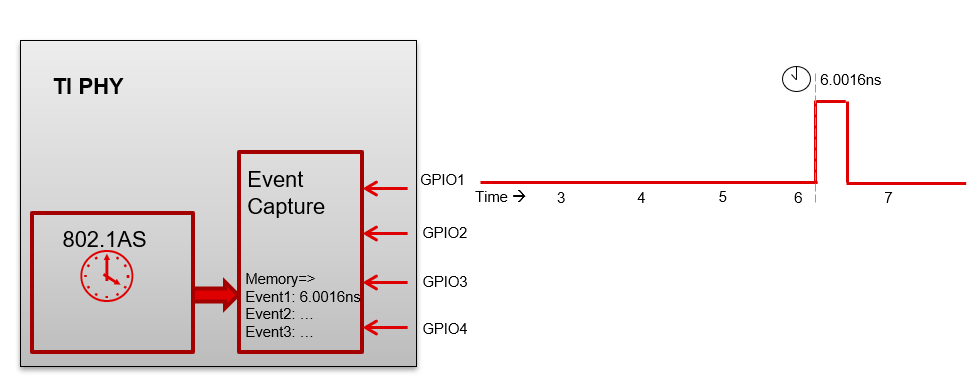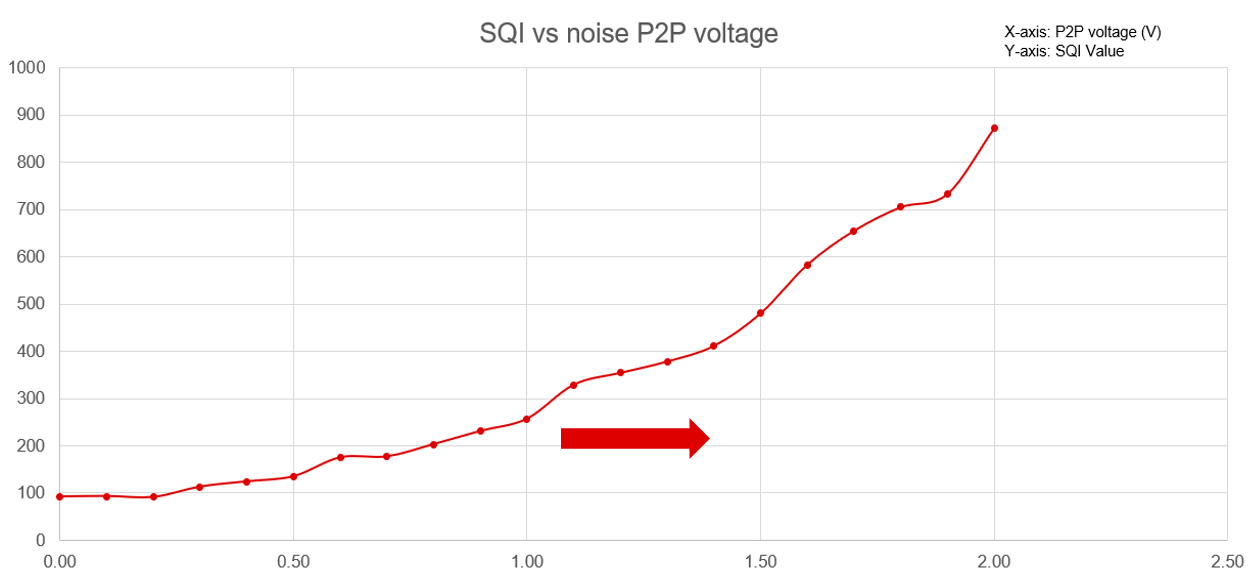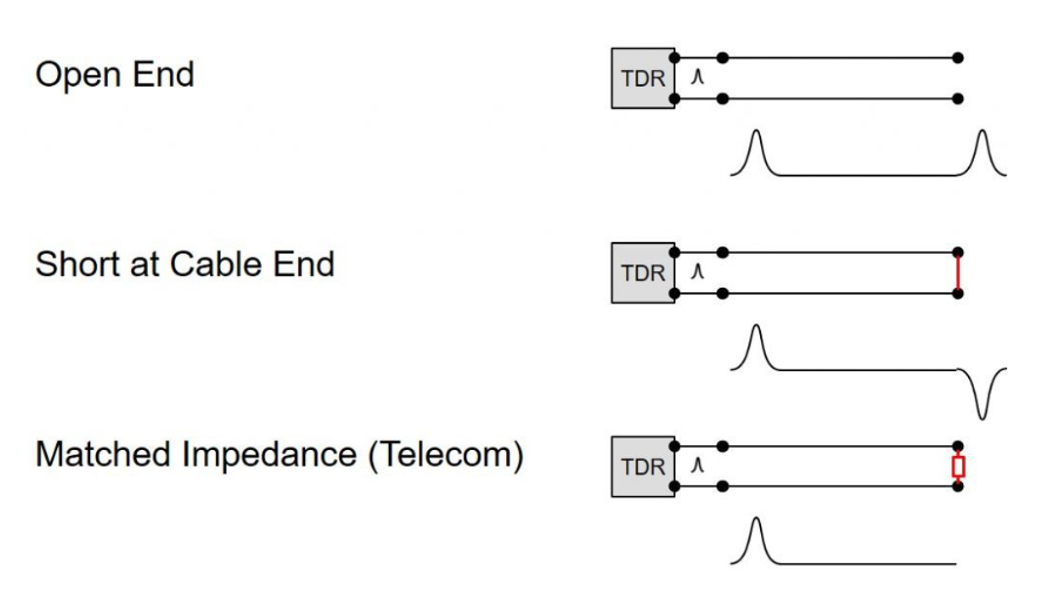SNLA482 December 2024 DP83TC812R-Q1 , DP83TC812S-Q1 , DP83TC817S-Q1 , DP83TG721R-Q1 , DP83TG721S-Q1
Humanoid robots are becoming more complex and precise, with higher number of degrees of freedom (DOF) and an AI-powered central compute engine, and are now capable of assessing, adapting and responding to the surrounding environment within milliseconds. Designing these advanced humanoid robots requires a communication system that can support high-bandwidth, real-time data transfer across numerous joint controls, all within a space-constrained lightweight framework that remains reliable and robust in noisy Industrial environment. TI Single Pair Ethernet (SPE) PHYs address these challenges and simplify system architecture for humanoid’s seamless motion execution.
Simpler System Architecture and Lighter Weight With SPE
To achieve high update rates and high bandwidth (of up to 1000Mbps) for the joint control, an advanced real-time control system architecture is required. Ethernet-based systems simplify architecture by providing a single, high-bandwidth communication standard that facilitates data exchange between multiple system components. Further use of SPE (xBASE-T1) technology, as shown in Figure 1, and or daisy-chain topology can reduce the overall size of the wiring harness, playing a crucial role in minimizing the robot’s weight – an essential factor in humanoid robots, where lower weight enhances mobility, energy efficiency, and balance.
 Figure 1 SPE Interface
Figure 1 SPE InterfaceAdvancing Robotics With Single Pair Ethernet PHYs
TI’s portfolio of SPE PHYs is designed to be footprint compatible with both TI’s 100BASE-T1 and 1000BASE-T1 PHYs. Single board design allows for upgrades to the feature set or bandwidth in future developments with no hardware changes. This approach helps to accelerate development cycles and reduce time-to-market, thus saving R&D costs.
Additionally, TI SPE Ethernet PHYs integrate a suite of advanced features to further reduce humanoid design complexity and enhance system performance.
Precise Time Synchronization
Leveraging precise time synchronization can enhance a distributed humanoid robot system by enabling seamless and deterministic coordination across joints. TI’s SPE PHYs, a 1000BASE-T1 DP83TG721S-Q1 and a 100BASE-T1 DP83TC817S-Q1, integrate IEEE 802.1AS enabling precise network-wide time synchronization with single time reference across controller and I/O nodes. This allows developers to offload timestamping from the processor onto the PHY, thereby achieving synchronization accuracy as low as 1-15ns.
Leveraging Timestamping in SPE PHYs
Ethernet PHYs integrating IEEE 802.1AS can improve real-time decision-making and adaptive behaviors of humanoid subsystems. Timestamping is the process of marking incoming and outgoing data or events with precise time information as data or event are generated or received. Timestamping can be implemented in several locations on the data path as shown in Figure 2 – in the hardware of the Ethernet PHY, in the hardware of the MAC IP in the processor, or in the processor’s software. TI’s processors and Ethernet PHY portfolio can support all 3 types of timestamping. The accuracy and jitter of the clock data can vary from milliseconds to nanoseconds depending on the proximity of timestamp to the cable. Timestamping at the Ethernet PHY, the closest component to the cable, increases synchronization precision by accounting for indeterministic latencies that occur as data passes through the PHY.
 Figure 2 Possible Time Stamping
Locations
Figure 2 Possible Time Stamping
LocationsGPIO Event Capture or Generation
Precise GPIO event timing capability further improves synchronization across multiple motor controllers and is beneficial for tasks requiring detection and response coordination across subsystems. Both DP83TG721S-Q1 and DP83TC817S-Q1 have the capability to create Timestamps and Event Triggers in PHY hardware instead of the controller. The Ethernet PHY, not only stores the time of the day with integrated IEEE 802.1AS, but can also use it to capture (Figure 3) or generate (Figure 4) events on its GPIO pins with nanosecond accuracy. Generated events can be in a form of a pattern, such as 25MHz-clock implementation, or in a form of pulses at specific times.
 Figure 3 GPIO Event Capture With TI
PHY
Figure 3 GPIO Event Capture With TI
PHY Figure 4 GPIO Event Generation With TI
PHY
Figure 4 GPIO Event Generation With TI
PHYRobustness and Reliability
Overcoming EMI and EMC Challenges
Humanoid robots present a space-constrained system with multiple electronic components, motors, actuators, and power electronics, all of which can create interference. As such, managing electromagnetic compatibility (EMC) is critical, as electromagnetic interference (EMI) can disrupt sensor readings and control signals within the robot. TI’s 100BASE-T1 and 1000BASE-T1 Ethernet PHYs are designed to meet OPEN Alliance EMI/EMC standards, offering proven robustness from the automotive market that is now essential in robotics. Robust architecture for noise using galvanic isolation, as shown in Figure 5, allows for TI parts to be compliant with industrial IEC and CISPR standards for EMI/EMC. For more details please refer to EMC/EMI Compliant Design for Single Pair Ethernet application note.
 Figure 5 Galvanic Coupling
Concept
Figure 5 Galvanic Coupling
ConceptCable Diagnostics
Troubleshooting network issues can prove to be a challenging task in a closed robotics system with limited access to internal components. SPE-based network can minimize downtime to diagnose and troubleshoot network issues and cable faults with Ethernet PHY’s built-in cable diagnostic capabilities, such as signal quality indicator (SQI) and time domain reflectometry (TDR), accessible though serial management interface (SMI).
SQI monitors link quality by evaluating signal strength, noise levels, and transmission errors to provide real-time status of connection heath. In a closed system like humanoid robot, SQI can detect signal degradation or instability early to allow for proactive maintenance or identify which part of the network is experiencing problems. SQI value at any given time is stored in a register and can be correlated to a signal-to-noise ratio (SNR) with a simple calculation. Figure 6 shows an example of SQI value increasing with more noise.
 Figure 6 SQI Example
Figure 6 SQI ExampleTDR identifies faults along the cable length, such as shorts or opens, and the distance from the PHY. Figure 7 (Buntz & Daimler AG, 2017) shows different types of faults that can be detected with TDR capability. This diagnostic method can be highly useful to pinpoint exact location of a fault within the cable.
 Figure 7 Possible Faults Along the
Cable
Figure 7 Possible Faults Along the
CableAs Figure 8 shows, TDR works by injecting high energy pulses into the cable and measuring the reflected signal (in phase, out of phase, or no pulse). TDR test is usually run to find the root-cause when there is no active link between the PHYs.
 Figure 8 TDR Concept
Figure 8 TDR ConceptWhen used in a humanoid, these powerful and effective fault isolation tools improve overall system reliability and uptime.
System Implementation
The Application Specific MCUs (ASM), such as C2000 family and Arm-based MCU portfolio at TI is compatible with several real-time Ethernet communication protocols that can also be leveraged with Standard Ethernet technology. In addition, TI developed SORTE protocol, that can achieve cycle times of 4μs, is compatible with Arm-based MCU family for applications that require higher throughput and implement SPE. For more details please refer to Simple Open Real-Time Ethernet (SORTE) Device with PRU-ICSS reference design. Designing functional safety capable Ethernet PHYs and working with third parties to certify MCU software stack makes sure functional safety requirements within the robotic system are met.
In humanoid robots, SPE is used in either point-to-point or daisy-chain configurations to connect motor controllers that coordinate movement across various subsystems. Frequently, a gateway-based architecture is employed for managing multiple controllers and motor subsystems. With ASM + DP83TC812S-Q1 (100BASE-T1 SPE PHY) evaluation module, TI has demonstrated how a multi-node real-time based system can achieve 60ns jitter performance, enabling deterministic and predictable system behavior. Please contact TI for further information about the test setup.
 Figure 9 Application Specific MCU and
100BASE-T1 SPE PHY Evaluation Module
Figure 9 Application Specific MCU and
100BASE-T1 SPE PHY Evaluation ModuleSummary
SPE technology plays a transformative role in advancing humanoid robotics and paving the way for future scalability by addressing critical design challenges such as high bandwidth real-time communication, precise time synchronization and EMI/EMC noise robustness in a constrained space. By integrating features like IEEE 802.1AS and GPIO event trigger, Single Pair Ethernet enables most accurate system reaction and response. Building on these capabilities, TI’s portfolio of highly integrated MCUs is optimized to work seamlessly with TI Ethernet PHY drivers, providing compatibility and streamlining system development to meet high performance needs of a modern-day humanoid.
Additional Resources
See the following publications to learn more about TI resources for robotics development using Single Pair Ethernet.
References
Advanced Diagnostic Features For Automotive Ethernet PHYs, Buntz, S. and Daimler AG. (2017).